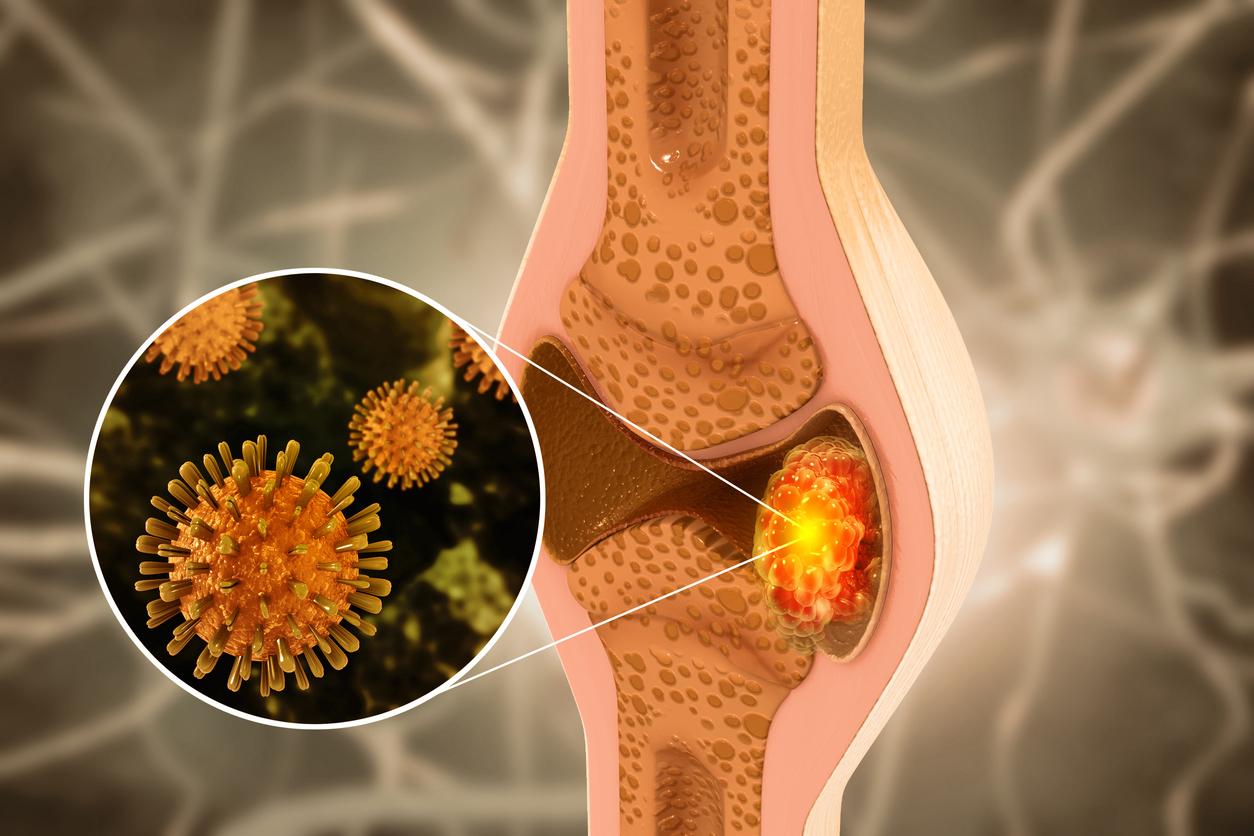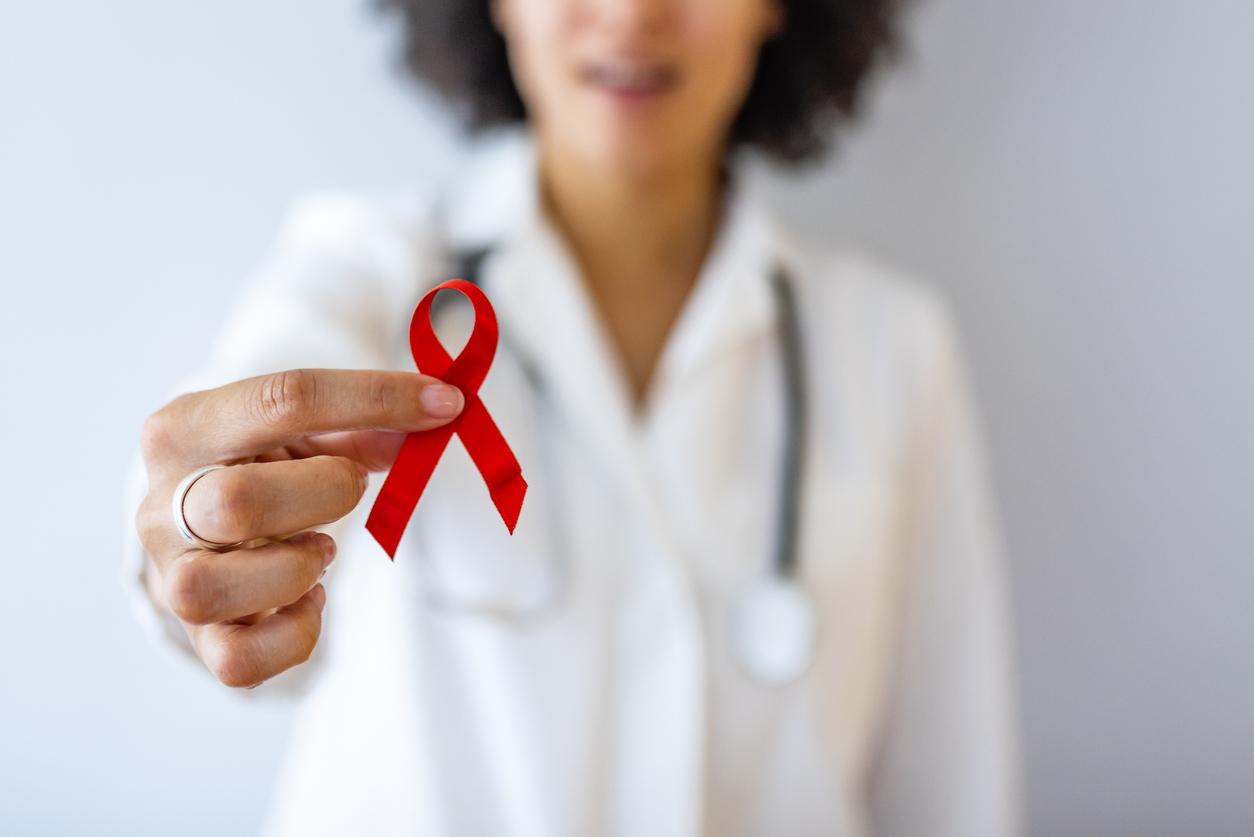While the former presenter of the 1 p.m. news from TF1 Jean-Pierre Pernaut has just announced that he has lung cancer, Why doctor offers you, with the help of the new collective “Together we lungs”, a series to know everything about this disease. Today, focus on its screening, which is not yet generalized in France, to the chagrin of many specialists.

- With the desire to improve patient care through early detection of lung cancer, the collective “Together we lungs” was newly formed.
- Its ambition is to eliminate lung cancer as a cause of death.
Only an early diagnosis allows access to local and curative treatments: surgery or radiotherapy, which can be combined with chemotherapy. However, in France, lung cancers are often diagnosed at an advanced stage (75% of them), due to non-specific symptoms. “Identified at advanced or metastatic stages, lung cancer has an unfavorable prognosis. At these stages, 5-year survival varies from 3% to 23%, while it can go beyond 50% in diagnosis at a localized stage”, explains the Together We Lungs collective. “Early access to diagnosis raises the question of screening”, deduce the experts.
Many French specialists are in favor of setting up systematic screening for lung cancer for individuals at risk, as is already the case in the United States. But an opinion from the High Authority for Health (HAS) opposes this, emphasizing the risk of generating false positives and the danger of irradiation.
Two major studies on CT screening
Low-dose CT scan screening for lung cancer has been the subject of two large studies that have been shown to save lives. The first (National Lung Screening Trial or NLST) was done in the United States, and the second (NELSON) was conducted in the Netherlands and Belgium.
The NLST study, conducted between 2002 and 2007, involved more than 50,000 smokers or former smokers aged 55 to 74. The participants were randomized into two groups to receive every year for 3 consecutive years either a CT scan (26,722) or a chest X-ray (26,732). After 2007, follow-up was extended for 3.5 years. The screening compliance rate was over 90% in both groups, and the reduction in lung cancer mortality was 6.7% in the CT scan group. “This trial is the first in the world to show a significant benefit of a screening technique for bronchopulmonary cancer”, explain the experts. “However, limitations of the study had been raised: populations studied, biopsy complication rate, etc…”, they detail.
After the NLST research, the NELSON trial demonstrated that early detection of lung cancer would increase the chances of a cure. Indeed, after 9 years of follow-up, the following results were observed: 24% reduction in mortality in men and 48% in women. “The NELSON study is the largest European cohort: it included 15,822 participants followed for 5 and a half years”, point out health professionals.
What is the feasibility of organized screening?
Finally, to go further and assess the effectiveness and feasibility in real life of organized screening for lung cancer in heavy smokers, a study was conducted in the Somme department by Dr Olivier Leleu (DEP-KP80 ). Its protocol follows that of the NLST study (3 scans over 3 years).
Although it will not end until the last quarter of 2021, the DEP-KP80 study already makes it possible to assess the results of the first and second scanners. “These data seem to confirm the feasibility and effectiveness of this screening. Three-quarters of cancers were diagnosed at an early stage (I or II). to surgery in the second round”, welcomes the collective Together we lungs. Only problem :“While 72% of participants benefited from the first round of CT scan, only 35% performed the second chest CT scan. The causes of this decline in adherence to the examination are currently being investigated”, concludes the organization.

.

















